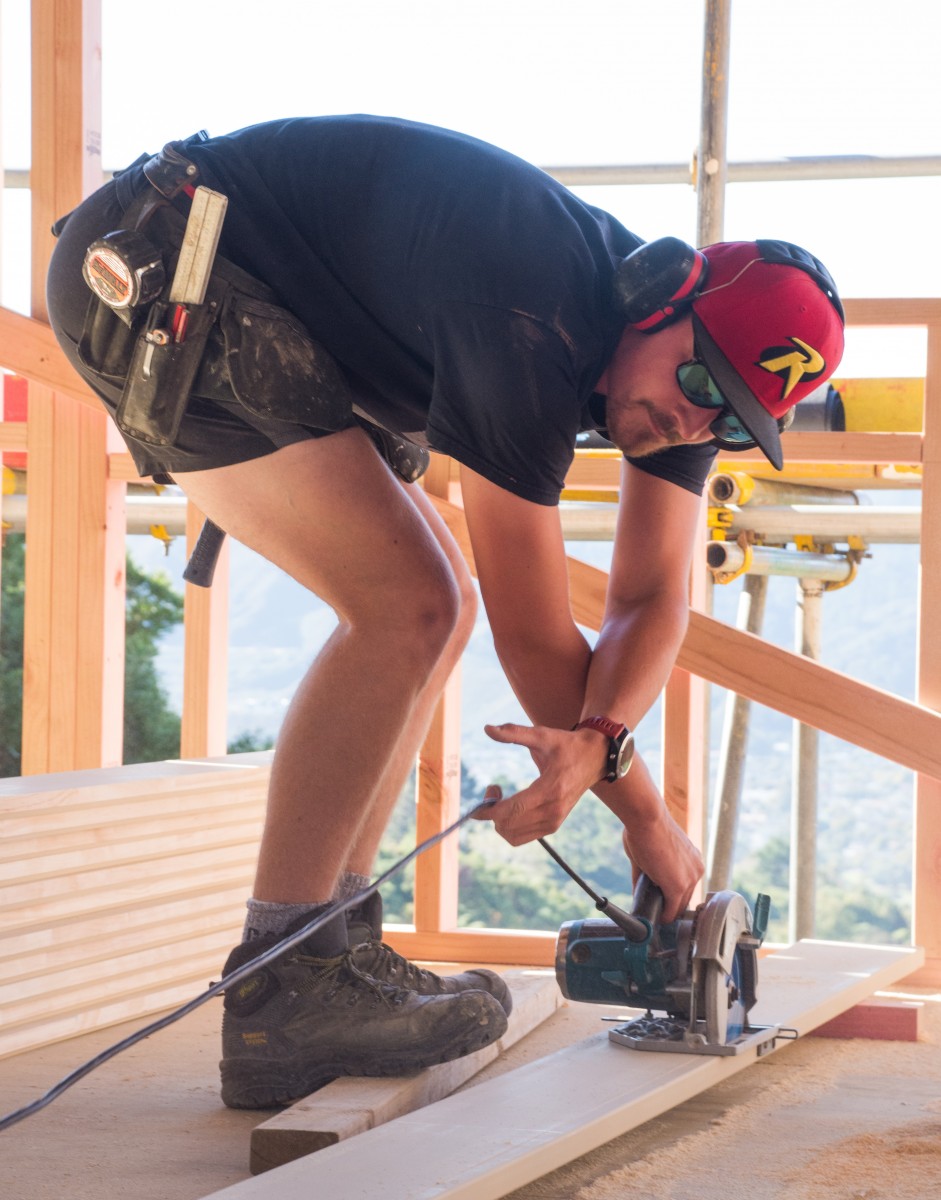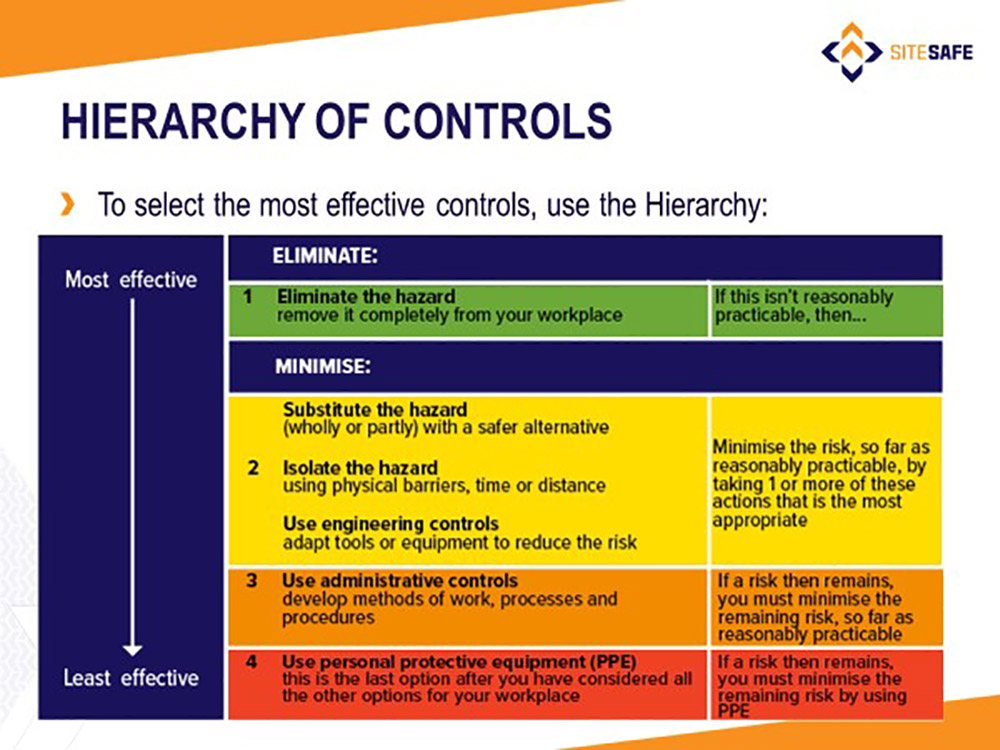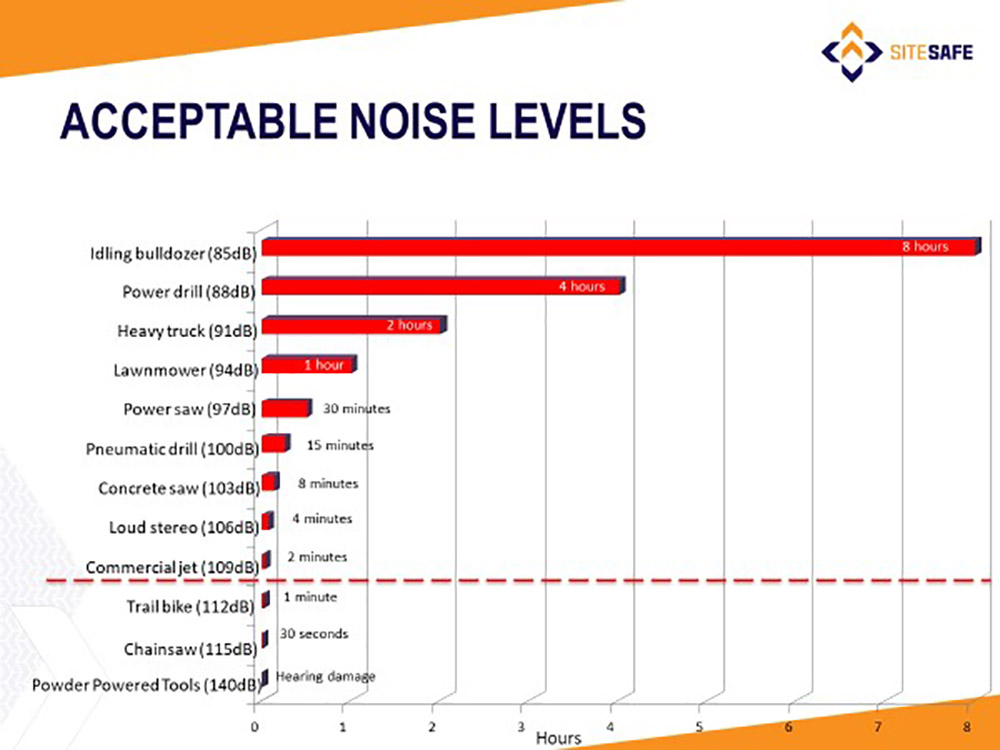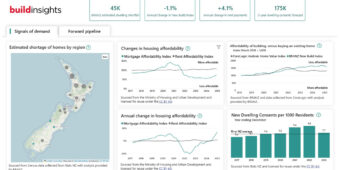Keeping an ear to the ground for hearing safety
26 Feb 2019, Learn, Prove Your Know How, Safety

Many workplaces have a degree of continuous background noise and it needs to be controlled to avoid damaging people’s hearing
Legally, workplace noise cannot be above an average level of 85 decibels (dB) over an eight-hour period, and a worker may be required to wear hearing protection for the entire time depending on the levels during a job.
A simple test to determine noise levels is to try have a conversation under normal operating conditions. If voices need to be raised, then the damage risk criteria of 85dB has likely been compromised.
Harmful noise exposure can cause hearing impairments such as ‘industrial deafness’ or ‘trauma induced hearing loss’.
Employers are required to take all practicable steps to mitigate noise risk. This typically starts with carrying out a noise survey before work, with the conversation test being a good point to begin.
Nailing noise protection
Here are some methods to help manage and protect against workplace noise:
- Understand how long employees will be exposed to the noise.
- Find the sources of noise.
- Come up with ways to eliminate or minimise the noise.
- Decide on appropriate hearing protection.
- Use the standard AS/NZS 1269 for guidance on Occupational Noise assessment and management.
Dealing with the noise
Use the hierarchy of controls, as illustrated in the accompanying diagram, to consider how to best eliminate noise hazards. When eliminating noise isn’t possible, take steps to minimise the noise by using substitution, isolation or engineering controls.
If possible, eliminate the noise by changing the process, machinery or equipment used and/or use a different approach to get the job done.
Minimising noise
There are a couple of ways to reduce noise and therefore decrease the risk of hearing damage:
- Use sound barriers or build baffles that enclose noisy plant/equipment.
- Adapt tools or equipment to reduce the noise risk.
Monitor the health of employees
To ensure your workers are receiving appropriate help and adhering to the safety practices, it is important to:
- Arrange hearing tests for all employees who work with hazardous noise. (This must be done by a competent person when an employee starts work and at intervals no longer than 12 months)
- Provide information, training, and supervision to staff in relation to noise hazards in the workplace.
- Educate workers on the dangerous effects of noise and how they can protect themselves from the hazard.
- Ensure that everyone onsite is wearing hearing protection – especially site leaders.
Points to note:
Damage to hearing is cumulative. If a worker reaches the decibel threshold from one activity during the day, any further noise in the danger zone will cause damage. For example, if they are exposed to a power saw for 30 minutes, the worker can’t be exposed to any other noise level above 85 dB for the rest of the day.
This also applies to noise outside of work. If a worker has reached the safe levels at work, and listens to loud music at home, there is a chance of permanent hearing loss.
Register to earn LBP Points Sign in
1 Comment
Leave a Reply
You must be logged in to post a comment.






noise , ear muffs